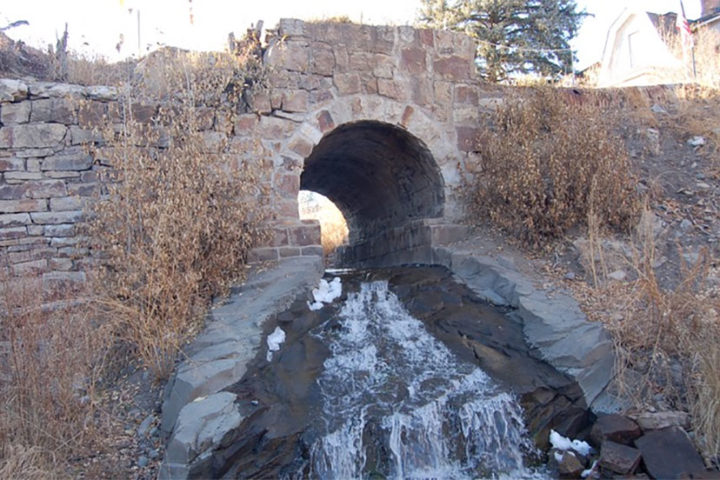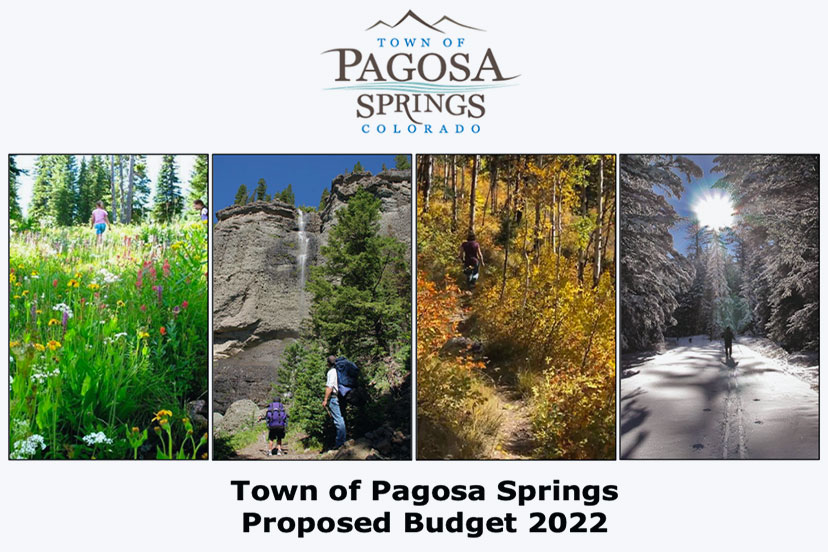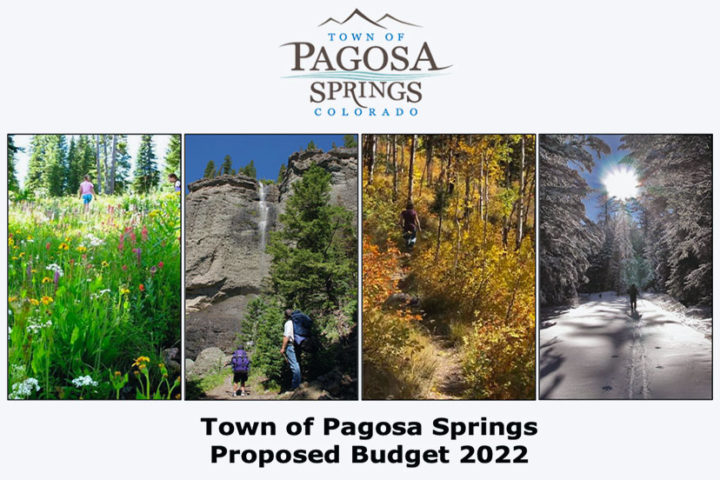When I look out my window in the morning, I can’t help but notice things — the sunny or cloudy weather, the color of the leaves, the deer grazing in the neighbor’s yard. These things exist without any apparent connection to my personal wishes or preferences. They exist regardless of my mood or mental health.
I also notice government budgets. Government budgets don’t depend on my mood or preferences. They just happen, like the weather.
The Colorado Revised Statutes influence the way governments operate in our state, and especially, perhaps, during Budget Season, when local government entities, large and small, estimate the amount of tax money and grants that will likely come their way during the coming fiscal year, and then figure out how to spend it, so it doesn’t go to waste.
You can read about Colorado’s rules for local government budgets under CRS Title 29, Article 1. (You can view all or part of the Colorado Revised Statutes on LexisNexis.com. For budget law, look in Title 29, Article 1, Part 1.)
The Colorado rules specify that a government body must hear a presentation of their draft budget by October 15 each year. So that date, October 15, could be said to mark the official kick off of “Budget Season” (not to be confused with “Hunting Season”). No license is required to listen to the budget presentations.
The next major public budget events will take place in late November, when each government board must hold a public hearing on their budget — a chance for interested citizens to make suggestions and ask questions.
From CRS Title 29:
29-1-107. Objections to budget
Any elector of the local government has the right to file or register his protest with the governing body prior to the time of the adoption of the budget.
Our right to protest… the least exploited part of the Colorado budget law?
29-1-108. Adoption of budget
(1) The governing body of the local government shall hold a hearing to consider the adoption of the proposed budget, at which time objections of the electors of the local government shall be considered…
As part of the legal adoption process, our protests and objections “shall be considered”. In my experience, the required act of ‘consideration’ is often difficult to substantiate… which might help explain why protests are so rarely filed or registered. It can feel like you’re complaining about the weather.
The official approval of the budget typically happens in mid-December, once the necessary bookkeeping is available.
The annual budget process — during the last three months of 2021 — defines, to a large extent, which of the community’s needs and desires will be addressed during 2022. And which ones will not be addressed.
Although our government leaders want to address a wide variety of needs and desires, they’re constrained somewhat by the amount of money they collect via taxes, fees and grants. They’re also constrained, in some cases, by the unspoken goal of keeping the bureaucracy growing.
The Archuleta Board of County Commissioners will hear a presentation of a draft 2022 budget tomorrow, Tuesday, October 12 at 10am. The presentation at the Administration Office on Lewis Street is open to the public, and can also be heard via Zoom.
The Pagosa Springs Town Council heard (and saw) a budget presentation on Tuesday, October 5, from Town Manager Andrea Phillips.
Here’s an image from the budget cover page.
We might notice that the photographs all feature recreational activities in wilderness settings. I would venture to say that none of the photos were actually taken within the Town of Pagosa Springs, where people live and work. Not sure what to make of that, if anything.
Overall, the Town’s draft 2022 budget looks a great deal like the 2021 budget, if you don’t pay attention to its somewhat larger size. The 2021 budget aimed to spend about $11.1 million on various Town operations and projects. The 2022 Budget is sized at about $13.0 million in expenditures. The Town expects to end the 2022 year with about $6.8 million still remaining in their various bank accounts.
According to my pocket calculator, the one-year expenditure increase amounts to about 17%.
Staff salary increases explain part of the budget growth… but also, a few organizational changes are proposed, which accounts for some of the spending differential. The growth of the bureaucracy, so to speak.
Also, everything costs more. Especially, keeping facilities clean, apparently.
Back in 2019, the Town spent about $3,400 on “Janitorial Supplies”. For 2022, the cost for those items will apparently be $18,000. Back in 2019, the Town spent zero dollars on “Contractual Cleaning Services”. Next year, they will spend $85,000.
Some of the more interesting changes concerns a new “Community Development” department, placing two formerly separate departments — the Planning Department and the Building & Fire Safety Department — under a new “Community Development Director”. This new department will now include a “Housing Division”, to focus attention on the current housing crisis in the community. The Housing Division will be blessed with a budget of about $550,000, making it one of the larger divisions at Town Hall.
The “Community Development” department will also add a new “Main Street Coordinator” to oversee improvements to the downtown business district.
The Town Clerk’s staff will increase, by adding an “Administrative Analyst” and promoting the “HR/Records” position to “Administrative Services Manager.”
The cost of police work has also increased noticeably. The “Personnel” costs in the Town Police Department were about about $667,000 back in 2019. Next year, we taxpayers will contribute slightly more than $1 million. That’s an increase of about 50%.
I find some of the Town’s cost increases to be slightly mind-boggling. (But also, not surprising.) Presumably, the work the Town staff is doing hasn’t changed too radically since, say, 2005? Certainly, the take-home pay of the average Pagosa worker or business owner hasn’t changed too radically since 2005.
But the Town budget has certainly changed. Back in 2005, the Town was operating with an annual budget of $4.5 million.
The projected expenditures for 2022 are $13 million. That’s an increase amounting to 289%… close to three times what the Town government spent in 2005.
Speaking only for myself, the street outside my house is in worse shape than it was in 2005.
But other things have definitely “improved”. Reservoir Hill has a nice, new, grassy meadow, for the enjoyment of Folk Festival participants, twice a year. The Community Center has a new wooden floor, which makes basketball and pickleball more enjoyable. Visitors have a huge new “Overlook” structure from which to take photos of the San Juan River. The Rumbaugh Creek arched bridge is getting repaired.

The San Juan River has some new, tourist-friendly swimming holes. The River Walk will soon extend from the First Street bridge to Yamaguchi Park. We have a new multi-million-dollar maintenance facility for storing the Town’s street equipment.
And to be completely honest… my street is still navigable. I probably shouldn’t be complaining.


